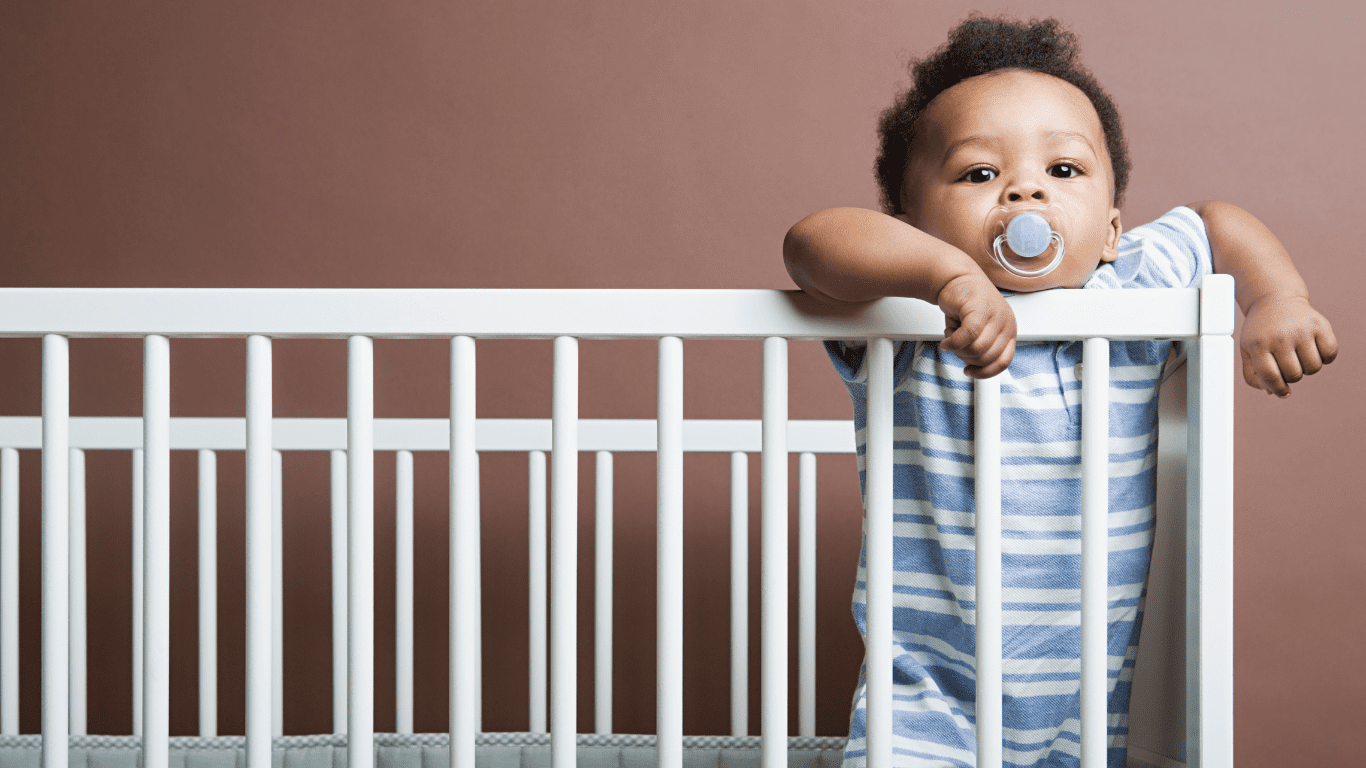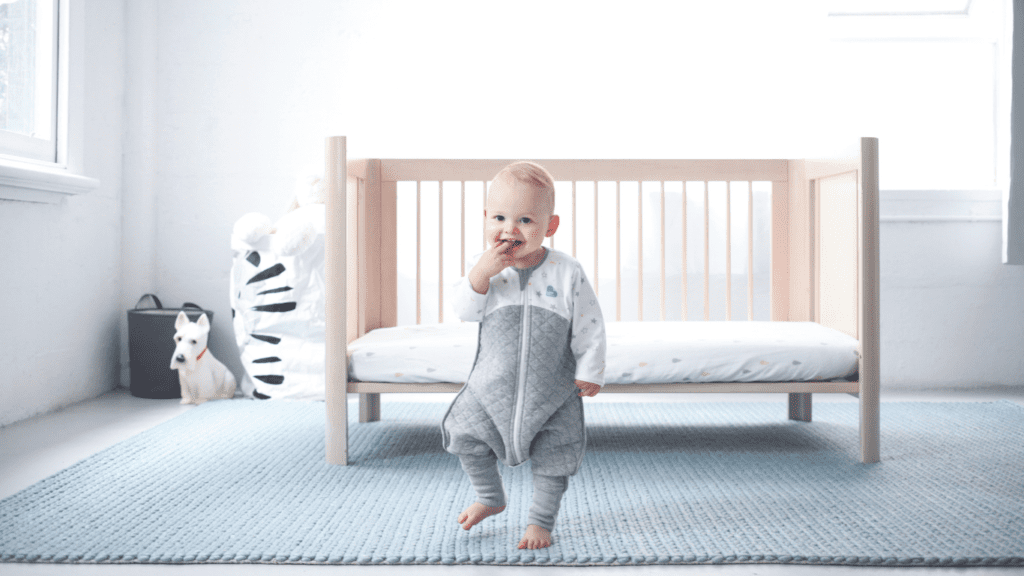
As a Sleep Consultant and a parent, people often ask me when is the best time to transition a toddler
into a toddler bed. I usually recommend waiting until a child is at least 3 years old. Before this time,
many children do not understand the concept of staying in bed.
There are some exceptions, and this is when the child is showing signs that they are at risk of injury if
the transition is not made sooner.
For children who attempt to climb out of the cot, I first recommend:-
If you have taken all these steps and your child is still attempting to climb, then it may be safest to remove them from the cot, and either move to a toddler bed or mattress on the floor (if they are still
very young and a toddler bed would be too high).
Whatever age the child is when they make this transition, it is important to make the room as safe as possible. This is an ideal time to reassess the safety of the room. Many toddlers find it difficult when the cot sides are taken down, and struggle with the removal of the safe, cosy boundaries.
Placing a baby gate at their bedroom door, can effectively turn the bedroom into
a giant cot. Continuing the feeling of security whilst still being in a toddler bed. It also prevents them being able to go into other rooms such as bathrooms which may not be suitable when unsupervised.
Fred Safety Gates are ideal, as not only are they elegant and aesthetically pleasing, they contain Accu-Fit indicators which allow you to confirm that they have been installed and remain set up correctly. At
77cm high it helps prevent young children from climbing over them, and contains a visual colour alert for when the gate is left unlocked.
It is important to check that all furniture is securely fitted to the walls. This is to prevent your child pulling it down should they get out of bed. The Fred Furniture Anti-Tip Kit contains a set of 2 straps that
connect the top of drawers, cabinets etc. to the wall, preventing tipping.
Lots of toys left out in the room can be overstimulating and impact your toddlers ability to fall asleep. So where possible keeping the room as clear as possible can be advantageous. This can also ensure the room is kept safe. We want to ensure that there is nothing available that a child could place in their mouths should they get out of their bed.
The Fred Choke Tester allows you to check items vulnerability for choking – if an item can fit into the tester it is a potential choke item and should be kept out of reach. Ensure that any items with batteries are kept out of reach, and ideally not in the bedroom. Blind cords and pulls should be short and secured to the wall.
Check that there are no tripping hazards – such as toys on the floor, or a folded rug, should your child get out of bed in the dark. Check that windows cannot be opened by your child and they are not at risk of fully opening or falling on them.
Ensure that plugs are covered to prevent the insertion of little fingers. Did you know that 42% of UK parents have never installed plug socket guards, but 13% report their children have been injured by one? Fred Plug Socket Covers comply with all relevant clauses of the toy standard EN71 series. They contain a Two step lift and pull child-proof removal ensuring they can only be removed by adults and not children.
Providing your child with a comfort teddy can be an excellent way of helping them with the transition to a toddler bed. Just ensure that it is safety approved, and has no loose fur, eyes or noses which could come off and act as a choking hazard.
When you are content that your child’s bedroom is safe, it can help you to feel more relaxed about the transition. Children pick up on their parents emotions and if you are relaxed it is more likely they will be too – which can only promote positive sleep.
This guide is meant as a helpful tool to safety proof your child’s room, but is not inclusive. It is important
to assess your individual child’s room and their individual needs to ensure it is as safe as possible.
Written by Susan Wallace from Settled Petals

Cheeky Rascals Limited is a company registered in England & Wales (registered number: 3933118) whose registered office is at Liss Mill, Mill Road, Liss, England, GU33 7BD. VAT number: GB GB689097664. ©2021. All rights reserved.